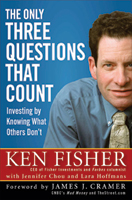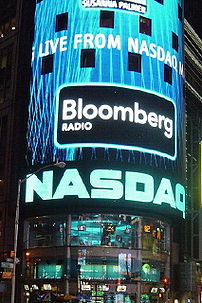
Investing is serious business. So run it like a company, no matter how small the size of your fund.
Assumed the role of the CEO of your company, define your vision, plan your strategy and execute the plan. Hopefully, you will steer your company from a
mom-and-pop shop to a SME and finally to a
listed company.
As a CEO, you need to find your funding by selling your vision and plan to your prospective shareholders. So, who are your shareholders? Your family is a good start. Now, what should be in the plan?
1) Shareholders and Exit Strategy
Draft out an agreement to indicate the share of the fund allocated to each member and the redemption strategy. The easiest and most direct is by the amount of money contributed into the company and withdrawal will need to be a majority consensus. This reduces conflict as the shareholders are taking a risk putting money into your company and should be rewarded for it on a pro-rated basis.
2) Fund's Vision and objective
Share with your shareholders the wealth management plan. Your vision might be to have every shareholder become a millionaire with a final fund size of $XX million. Your strategy might be to adopt
Modern Portfolio Theory approach with an investment time horizon of X years with a targetted
return on investment of X% and a withdrawal strategy of 4% annually. Tell them the likely
investment portfolio composition as well to draw out any concerns. Address the risk tolerance of each shareholder and moderate to an acceptable risk level so you can refine your portfolio.
3) Communication Strategy
Define how you will want to communicate the company's performance to your shareholders. Would it be monthly, quarterly or yearly? What should be included in the report. For a start, a half-yearly report is good as you will not be rushed into making financial investment just to show some results.
4) Staffing
Your company needs key personnel to run and most probably, you will need the CFO (
Chief Financial Officer),
CIO (Chief Investment Officer). Usually, it will be you acting in all the 3 roles or you could have outsource the CIO to someone else (Eg,
financial advisor, banker). The CIO usually gives you advice and update on new investment opportunities. The CEO will need to work with the shareholders to decide whether to accept the investment opportunity. The CFO will need to effect the funds for the investment. Initially, decision making might include you making presentation to your shareholders to tell them the rationale for recommending an investment. This will force you to be accountable to your shareholders and indirectly, you will put more due diligence into checking out advice from your CIO.
The advantages of running your investment portfolio this way are:-
- More investment options will be available as you have more fund at your disposal. You might have read that
Hedge Fund reduce the total violatility of your portfolio and it requires at least $30,000 for entry. If you have only $50,000, just investing in a hedge fund will skew your portfolio towards the hedge fund and leave little for your other
investments. This will affect your total investment returns as your hedge fund occupies a large percentage of your fund. Or you could buy bonds to earn a stable income which is better than the deposit rates you get from local banks. Even an investment property is not out of the question, though it's advisable to setup a company if you are investing on behalf of your family. This is what I am doing for property investment.
- A consolidated portfolio with a significant fund size will mean your trusted CIO (financial advisor/banker) will develop a more significant relationship with you. In business, a company will do its best to service its best customers as it is afraid of losing significant revenue. Likewise, if you have a significant fund size, your CIO will be more interested in developing a relationship with you instead of a one-off transaction. They will more likely be trying their best to retain your assets under their management. Thus, they will not be so stupid to give you lemons that will make you move your assets out of their care.
- You will enjoy bargaining power in fees.
Mutual funds have investment amount brackets and you can negotiate for it. Your time deposits in banks have amount ranges with tier interest, you can enjoy higher rates.
- Constant communication of the progress will enable all shareholders to meet frequently to own the investment decisions. It might also foster better family relationships since there's frequent get-togethers with your family.
- Maybe your siblings/parents are not as knowledgeable as you and they might have bought investments that are not suitable for them? Helping your parents plan for their retirement? Helping yourself build a better future?
 Just applied for this as well. It's quite similar in terms to the other NCPS issued by DBS and OCBC. The concerns are similar to the others as well. So if you are buying this, it has bond-like characteristics and is very much affected by the SIBOR interest rate.
Just applied for this as well. It's quite similar in terms to the other NCPS issued by DBS and OCBC. The concerns are similar to the others as well. So if you are buying this, it has bond-like characteristics and is very much affected by the SIBOR interest rate.











